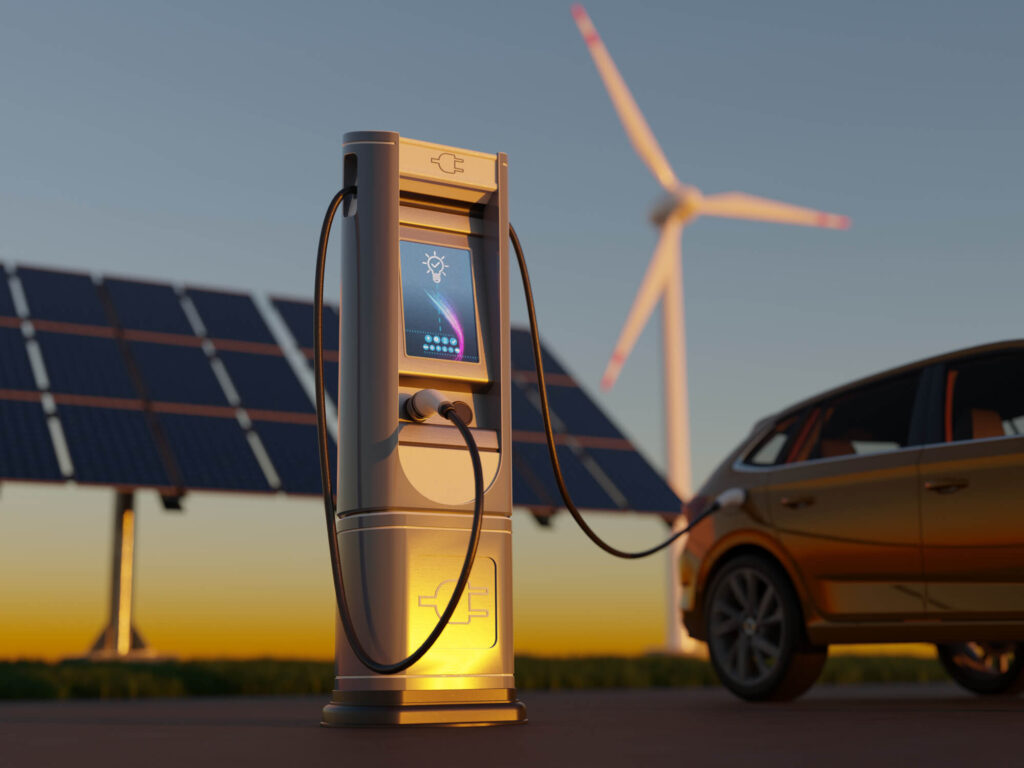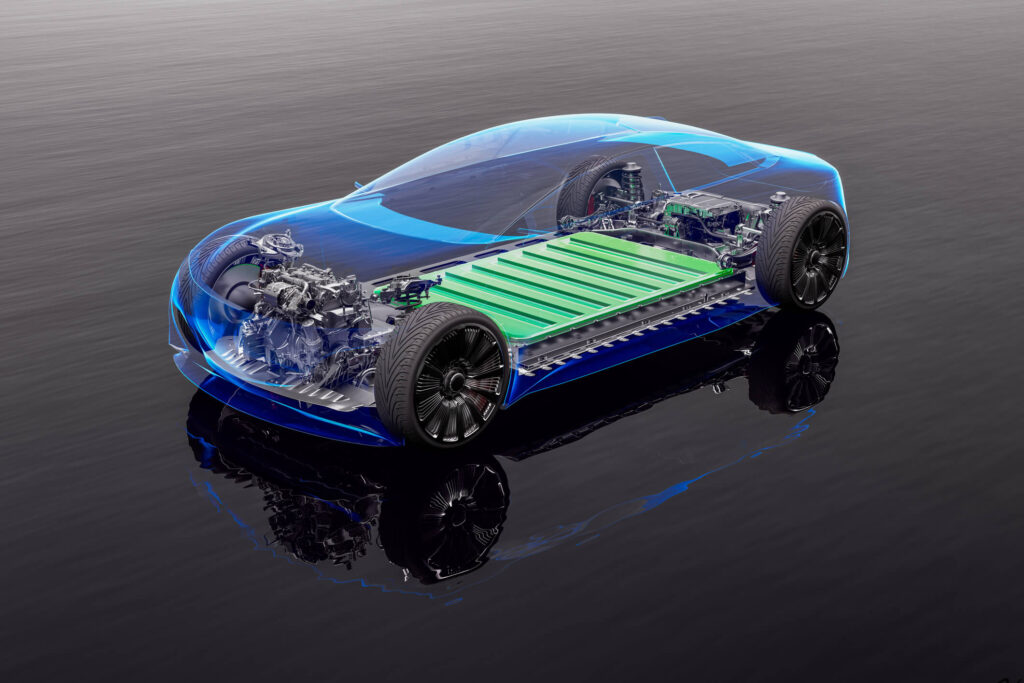The increasing demand for environmentally friendly and cleaner modes of transportation has led to an increase in the popularity of electric vehicles (EVs). With companies like Tesla, the adoption of electric vehicles has grown over the past decade, with the automotive and clean energy brand being the largest EV manufacturer in the world.
The infrastructure and technology surrounding EV charging have received more attention, exposing a number of trends that could fundamentally change the transportation scene in the future. Along with making the transition to electric vehicles easier, these trends—which range from the expansion of ultra-fast charging stations to the incorporation of renewable energy sources—are also raising the bar for convenience, effectiveness, and environmental responsibility.
Have a look at the leading electric vehicle charging trends of 2024 and see how these are driving the next wave of electric mobility and what that means for consumers, companies, and the environment.
1. Increased Charging Infrastructure

The massive expansion of EV charging infrastructure is pivotal for supporting the anticipated surge in electric vehicle ownership. The scale of this worldwide effort is demonstrated by the projected increase in public charging stations from 5.8 million in 2024 to over 23 million by 2034. In addition to increasing the number, this development will make charging choices more accessible and convenient for drivers by placing them in a variety of settings, such as offices, apartment buildings, busy cities, and even rural areas.
This vast network is necessary to get past range anxiety, one of the biggest obstacles to EV adoption. As per our report on the world’s leading electric vehicle markets in 2024, to accommodate the electric car charging infrastructure, many countries are receiving funding from both public and private sectors, and rules and incentives are in place to support its expansion.
2. Ultra-Fast Charging Technology
By significantly cutting down on charging times, ultra-fast charging technology is transforming the EV market. With just a few minutes of charging, these chargers can increase an electric vehicle’s range by hundreds of kilometres, making them more suitable for daily use and lengthy trips. When it comes to public and commercial charging stations, when time is very important, this technology is revolutionary. With companies like Tesla, from spring this year, EV drivers will progressively be able to access Superchargers with adapters supplied by their automakers as manufacturers convert their vehicles to North American Charging Standard NACS. Soon, NACS charging connectors will be standard on all new electric vehicles, negating the need for adapters.
EV fast charging stations are predicted to become more common as electric vehicle infrastructure for charging stations grows and battery technologies advance, which will further increase EVs’ appeal to consumers who value efficiency and convenience.
3. Vehicle-to-Grid (V2G) Technology

Electric vehicles will become mobile energy storage devices thanks to V2G technology, which will enable them to return electricity to the grid during periods of high demand. According to Global Market Insights, the vehicle to grid technology market size, which was valued at USD 3.1 billion in 2023, is projected to grow at a compound annual growth rate (CAGR) of more than 50% between 2024 and 2032 due to the growing integration of renewable energy sources.
With smart charging and grid services, V2G technology represents a symbiotic relationship between the energy sector and the automotive industry, allowing vehicles to act as mobile storage units and support grid reliability by promoting green energy.
4. Wireless Charging Systems
The use of inductive or wireless charging systems is growing, providing EV owners with a smooth and convenient charging experience. Wireless charging facilitates the hassle-free integration of EVs into daily life by doing away with the need for cables and plugs. This technique is especially attractive for usage in home garages, public parking lots, and even dynamic charging—which allows cars to be charged while they are driven on roads with the necessary infrastructure. The convenience of owning and using an EV is anticipated to increase with the growing adoption of wireless charging technologies as costs come down and system efficiency increases.
5. Decrease in Cost of Electric Vehicles

Improved battery technology and economies of scale are key factors contributing to the trend of electric car cost reduction. For instance, Hyundai plans to spend over $50 billion on South Korea’s electric vehicles. If the costs decrease in the electric vehicle market, as Reuters predicts, there is a potential that the number of new EV owners will likely rise.
Electric cars are anticipated to become more and more cost-competitive with conventional internal combustion engine vehicles, as batteries become more affordable and efficient to create. Given that it tackles one of the main obstacles to widespread EV adoption—the initial cost—this trend is essential for its dissemination. The drop in EV pricing is predicted to propel a large rise in the ownership of electric vehicles worldwide, in addition to the development of the infrastructure for charging and technological breakthroughs in this area.
What is the future of EV charging stations?
All of these developments mentioned in the article are pointing to a time when electric cars are not just widely seen on the road but also fully integrated into the larger energy grid, making the world a more efficient and sustainable place to live.
The integration of renewable energy sources, technological innovation, and an emphasis on grid stability and consumer comfort will define the future of EV charging stations. The acceleration of the shift to electric mobility and the accomplishment of more comprehensive environmental goals will be greatly aided by these breakthroughs.
Related articles:
The World’s Leading Electric Vehicle Markets in 2024
Everything you should know about Electric Vehicle Charging
A Guide to EV Charging Cables and Charger Plugs
Electric Roads: Can EVs Charge On-the-Go?
Top 5 Futuristic Modes of Transport
The Importance of Batteries in Renewable Energy Transition
Related queries: Transportation / EV Charging hub / Sustainability / EV Charging Products










